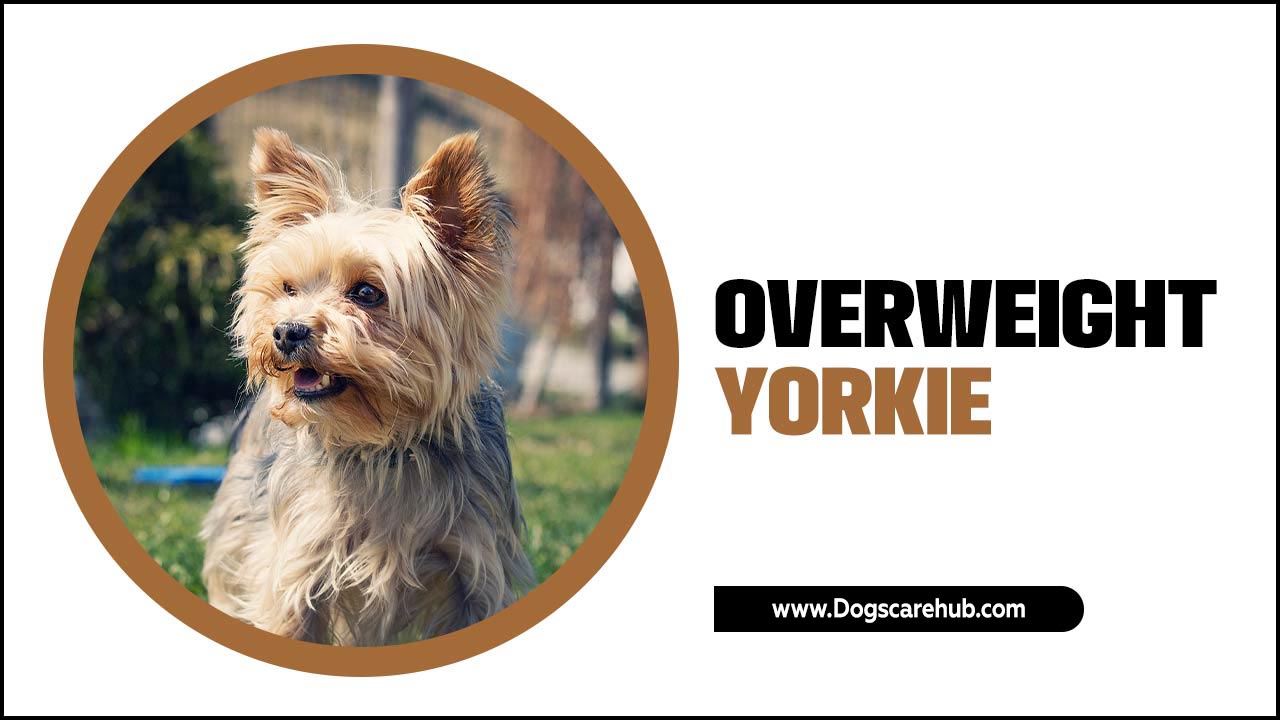Aggressive puppy behavior in puppies is a concern for many new and experienced dog owners alike. While it’s natural for puppies to explore the world with their mouths and engage in playful nipping, some behaviors can cross the line into what appears to be aggression. Understanding the root causes and implementing effective strategies can help you curb these behaviors before they become ingrained habits, fostering a well-adjusted and happy canine companion.
Understanding the Nuances of Puppy “Aggression”
It’s crucial to differentiate between normal puppy play and true aggression. Puppies use mouthing and playful nipping as a primary way to interact, learn about their environment, and communicate with littermates and their mother. If a puppy bites too hard during play, its littermates will yelp and withdraw, teaching the biting puppy to moderate its pressure. When puppies are separated from their littermates too early, they might not have fully learned these crucial bite inhibition skills.
However, not all behaviors that look aggressive are the same. Let’s break down some common scenarios:
Play-Nipping and Mouthing: This is the most common form of “aggressive” behavior in young puppies. They might nip your hands or feet during play, which can be startling and painful, especially as their puppy teeth are sharp. This is usually not malicious but rather an instinctual exploration and play behavior.
Resource Guarding: This occurs when a puppy shows possessiveness over a valuable resource, such as a toy, food, or even a particular spot. This can manifest as growling, snapping, or even biting when someone approaches their prized possession. While concerning, it’s often a sign of anxiety or insecurity rather than innate aggression.
Fear-Based Aggression: Puppies, especially those from less-than-ideal backgrounds, might exhibit aggressive behaviors out of fear. This can be triggered by loud noises, unfamiliar people, or new environments. Their “aggression” is a defense mechanism to create distance and protect themselves.
Frustration and Overstimulation: Puppies have short attention spans and can quickly become overwhelmed or frustrated. If they are unable to access something they want, or if play becomes too intense, they might react with a nip or a bark out of frustration.
Identifying Triggers and Early Warning Signs
The key to addressing aggressive dog behavior in puppies lies in early detection and intervention. Watch for subtle cues that precede a more intense reaction. These can include:
Stiffening of the body: The puppy becomes rigid and still.
Hard stare: Direct, unwavering eye contact.
Lip licking: When not associated with food.
Yawning: When not tired.
Whale eye: Showing the whites of their eyes.
Growling: A clear vocalization indicating discomfort or warning.
Snapping: A quick, open-mouthed lunge with teeth bared, usually without making contact.
Recognizing these signs allows you to de-escalate the situation before it escalates further. If you see these, it’s time to calmly remove the trigger, or safely remove the puppy from the situation, giving it space to calm down.
Strategies for Stopping Aggressive Puppy Behavior
Fortunately, proactive training and management can significantly reduce and even eliminate problematic behaviors.
1. Teaching Bite Inhibition
This is paramount for puppies who are overzealous nippers.
The Yelping Method: When your puppy nips too hard, let out a sharp, high-pitched yelp, just like a littermate would. Immediately withdraw attention and stop playing for 10-20 seconds.
Redirecting: If yelping doesn’t work, or if the puppy continues to nip, offer a suitable chew toy instead. Praise them when they chew on the toy.
Controlled Play: Keep play sessions short and positive. End them if nipping becomes excessive.
2. Positive Reinforcement for Good Behavior
Focus on rewarding the behaviors you want to see.
Calmness: Reward your puppy with praise and treats when they are calm and relaxed, especially in situations that might typically trigger excitement.
Gentle Play: When playing, use toys as an intermediary. If your puppy is gentle with toys, praise them.
Sit and Stay: Basic obedience commands can help build impulse control and focus.
3. Addressing Resource Guarding
This requires careful management and counter-conditioning.
“Trade Up”: When your puppy has something they might guard, offer them something even more valuable (like a high-value treat). As they drop the item to take the treat, calmly take the original item. Repeat this process consistently.
Positive Association: Feed your puppy their meals from bowls, but also drop extra treats into their bowl while they are eating. This teaches them that people approaching their food is a good thing.
Never Punish: Punishing a puppy for resource guarding will likely suppress the warning signs (growls) but not the underlying insecurity, making the behavior more dangerous in the long run.
4. Managing Fear and Anxiety
For fear-based behaviors, patience and desensitization are key.
Avoid Forcing Interactions: Never force your puppy into situations that scare them. Allow them to approach new people or environments at their own pace.
Positive Introductions: Create positive associations with triggers. For example, if a vacuum cleaner scares them, give them treats while the vacuum is off, then turn it on for very short periods at a distance while offering treats.
Safe Space: Ensure your puppy has a safe, quiet place where they can retreat when feeling overwhelmed.
5. Socialization is Crucial
Proper socialization during the critical developmental window (roughly 3-16 weeks) is vital for preventing many behavioral issues, including aggression.
Positive Experiences: Expose your puppy to a wide variety of sights, sounds, people, and other well-behaved dogs in a positive and controlled manner.
Avoid Overwhelm: Ensure these experiences are not overwhelming. If your puppy shows signs of stress, remove them from the situation.
When to Seek Professional Help
While many puppy behavior issues can be managed with consistent training and management, some may require professional guidance. If you notice any of the following, it’s crucial to consult a qualified professional:
Biting that breaks skin repeatedly.
Growling or snapping that is not triggered by a clear, identifiable stressor.
Aggressive behaviors that are escalating quickly.
* You are feeling overwhelmed or unsure how to proceed.
A certified applied animal behaviorist (CAAB), a veterinary behaviorist (DACVB), or a certified professional dog trainer (CPDT-KA/KSA) with experience in puppy behavior can provide tailored advice and develop a personalized training plan.
Remember, addressing aggressive dog behavior in puppies is an investment in your future relationship. By understanding their behavior, intervening early, and employing positive training methods, you can guide your puppy towards becoming a confident, well-behaved, and cherished member of your family. Patience, consistency, and a deep understanding of canine behavior are your most powerful tools.
Meet Elyse Colburn, the devoted canine companion and storyteller behind the enchanting world of “Tales, Tails, and Adventures Unleashed.” A passionate dog enthusiast with a heart full of paw prints, Elyse Colburn shares heartwarming tales and insightful adventures, celebrating the joy, loyalty, and endless antics that make every dog a true hero. Join Elyse Colburn on this tail-wagging journey, where every post is a love letter to our four-legged friends.



